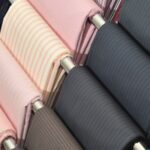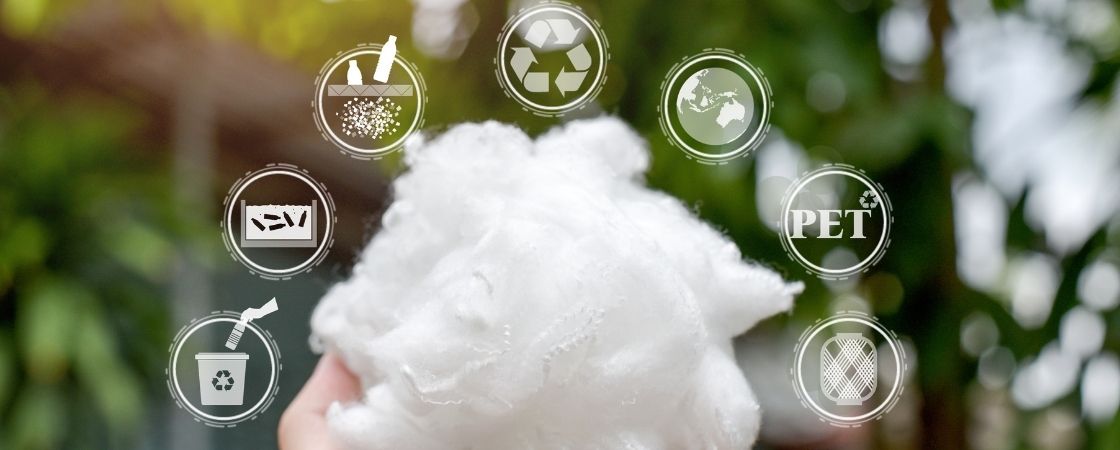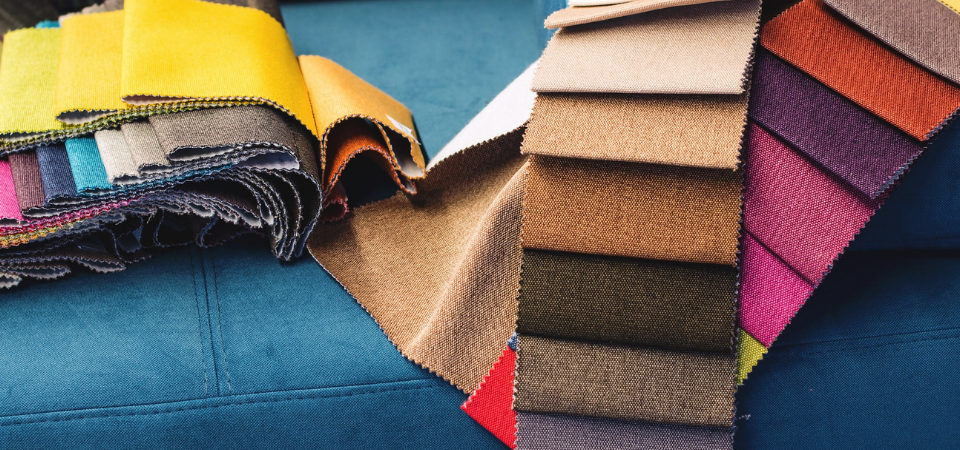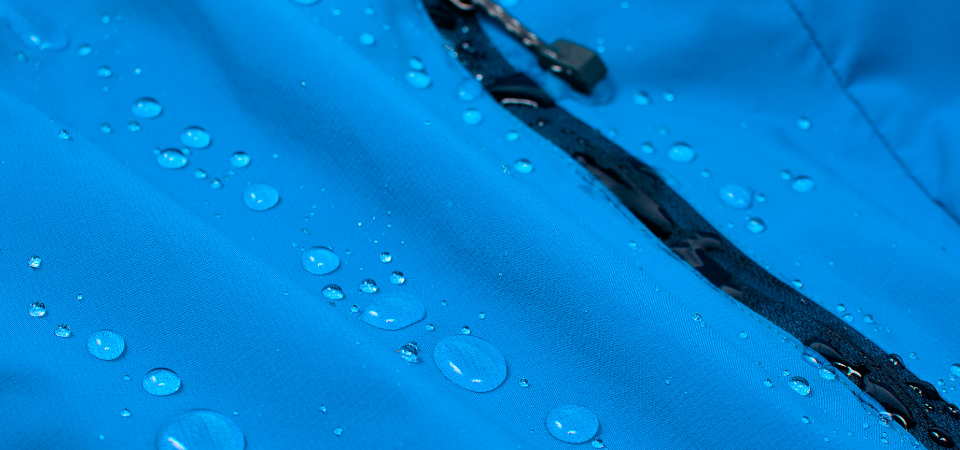
How Eco Friendly Fashion Leaves a Lasting Impression?
September 22, 2023
The Science of Breathable Fabrics Redefining Comfort
September 27, 2023You may often hear about natural and synthetic fibers. These fibers, which are included in almost every product we use in daily life, have a huge impact on our lives. Natural fibers, which play a great role in the textile industry, are fabrics made from plants, animals, or minerals. They are prominent fabrics in daily life, such as bed linen and carpet, home textiles, or in areas such as personal care and agriculture. These environmentally friendly and biodegradable fabrics are also part of sustainable fashion compared to synthetic fibers. It is the fabrics that are advantageous to use with their durable formation, breathable structure, lightness, and comfort. This article will help you better understand what these fabrics are, their properties, and where they are used.
What Are Natural Fibers?
Natural fiber is obtained from plants, minerals, or animals, unlike synthetics. Fibers such as cotton and jute are among plant-based natural fibers, while fibers such as wool and silk are among animal-based fibers. These fibers are used in many areas of daily life but are most preferred in clothing. Natural fibers that are more durable and healthier are also environmentally friendly. These fibers, which also support the understanding of sustainable fashion, are easily biodegradable. Thus, these fibers have an important role in textiles.
Classification of Natural Fibers
Natural fibers are classified into three plant-based, animal-based, and mineral-based. Plant-based fibers are obtained from the trunk and leaves of plants. In addition, bark is used in fiber making. Among the fibers of this style, the most common is cotton, but fibers such as hemp, linen, and jute are also included in this ranking.
Animal-based fibers are obtained from the hair or skins of animals. Like silk beetles, the silk of animals is used for the purpose of obtaining fiber. Wool and silk are the most known and used fiber types in this category.
Finally, there are fibers from minerals. Asbestos and glass fiber are shown in this category.
Types Of Natural Fibers
There are many natural fiber varieties in different structures with different uses. Each has its own properties and some disadvantages. Below are the most known plant-based fiber types.
1. Cotton
Cotton is among the fibers that are both inexpensive to manufacture and highly preferred worldwide. It is one of the most preferred fabrics after polyester in clothing production. The reason it is so popular and used frequently is because of its quality structure. It is a soft, durable, absorbent, and breathable fabric. Despite this, continuous cotton production is unfortunately not environmentally friendly because it consumes resources. Instead, the use of organic and recycled cotton is more suited to sustainable fashion. For these reasons, it is often preferred in both clothing and home textiles.
2. Flax
Flax is one of the indispensable summer fabrics, and it is obtained from a plant of the same name. It is another type of fabric that is most preferred among natural fibers. Very durable flax can be used for many years. With its light structure, it is easy to stay cool in the summer, and it is a very comfortable fabric. For these reasons, it is also used in the production of baby clothes. It is a very sustainable fabric because it does not need much water during the production phase. Still, its production is expensive because it is costly and wrinkles very quickly.
3. Hemp
Hemp ranks highly among environmentally friendly natural fabrics. This is because it needs little fertilizer and water during the cultivation phase. This type of fabric is both soft and has a light and breathable structure. It is a stronger and more durable fabric compared to cotton thread. In addition, its absorbency is higher, but it is not as popular as the others due to the scarcity of hemp plants and the cost of production. In addition, it wrinkles very quickly, like linen.
4. Ramie
Another fabric that draws attention with its long-lasting and durable construction is ramie. This natural fabric is also obtained from the ramie plant. Its structure is light and among the most breathable fabrics, but it is not flexible. It is a fabric suitable for sustainable fashion and is environmentally friendly, so it can be shown as an alternative to cotton. However, the production phase is not common as it is very costly, and fabrics such as linen and cotton remain more affordable next to ramie. It is used in many clothes, such as jackets, suits, and trousers.
5. Jute
The most preferred natural fabric after cotton is jute. It is very popular because it is durable, highly affordable, and environmentally friendly. This fiber is obtained from the bastion and skin of the jute plant. It is divided into different varieties in itself because it has different versions from botanical jute varieties. It also stands out with its heat resistance and moisture retention. Unlike clothing, it is often used in home textiles, like carpets.
What are the Properties of Natural Fibers?
There are many reasons why natural fibers are so important in textiles. One of these reasons is the ability of these fabrics to be biodegradable. The fashion industry ranks second among the world’s largest pollutants, and tons of clothing are thrown away every year. It also greatly reduces the environmental impact of waste, as natural fibers decompose and break down. In addition, these fabrics are renewable. Since plants are renewable sources, they are very environmentally friendly compared to synthetic fabrics. The quality of a fabric is an important factor in its long-term use. Natural fibers are durable, have been used for many years, and are preferred in many areas. In addition, moisture absorbency, which is one of the biggest indicators of comfort in daily life, is also quite high in these fabrics. It keeps you warm with its insulation properties not only in the summer but also in the winter and is therefore often preferred.
Although these features are positive, they also have some disadvantages. When cultivation and harvest costs are added, they are much more expensive than synthetics. In addition, it can cause some difficulties in daily life as it wrinkles or shrinks a lot. However, it is an alternative whose positive features are more prominent and healthier.
Uses of Natural Fibers
The use of these fabrics is quite common. It is possible to see these fabrics almost everywhere. The most common area of use is, of course, textiles. Fabrics such as cotton, wool, and linen are fabrics that everyone knows and are often used in the fashion industry. It is possible to see any outfit, such as jackets, cabins, sweaters, and shirts. Strong and durable fabrics are also used in the construction of ropes and twine. For example, hemp and jute are the most ideal fabrics to use, especially for this purpose. Paper is produced from plants such as trees and bamboo. Bamboo is a fiber also used in building materials. In addition, the properties of natural fibers are used in many areas, such as personal care, automotive, home textiles, sports equipment, and Biocomposites.
What Are the Advantages?
Natural fiber offers many advantages in all respects, so it is very useful to use products made from these fabrics. One of them is that these fabrics are comfortable. Comfort in items and clothes that we use frequently in daily life is one of the first things to look for. These products stand out with their lightness and ease of maintenance. In addition, the fact that the fabrics are breathable is a feature that brings comfort, especially in the summer. It helps keep the skin dry because they are strong at absorbing moisture. In addition, these products are highly acceptable because they are more environmentally friendly. These products, which do not harm the ecosystem or skin, symbolize both luxury and precious fabrics. In addition, the biggest benefit is that they are safe and healthy. It does not cause allergies and does not irritate the skin. For this reason, it is also often preferred in baby clothes. All these advantages are factors that make natural fibers attractive to consumers.




